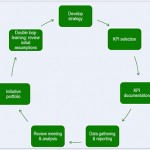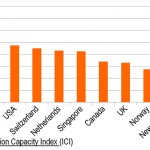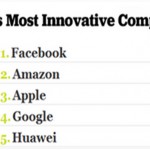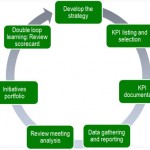Innovative habit: The use of performance measurements in public sector
The 2013 Canadian conference in public sector HR , “Transforming HR for a Changing Workplace”, allowed innovators in this field to bring in a discussion about learning how to do more with fewer resources. Their advice was to focus on the HR processes that deliver the most value and change or cut out the ineffective ones. The picture of fewer resources and growing needs determined innovators to highlight that it’s also time they considered novel methods for improving their processes.
The experts are aware of the fact that dwindling resources can act as a catalyst for innovation, and cuts can also induce fear, anxiety and inaction. That’s precisely the moment to develop organizational aspects for supporting innovation, including trust, the ability to fail and collaboration. This is challenging, especially considering the public sector’s features. It is similar to developing a behavior, like thinking outside the box.
In their article, “Research frontiers in public sector performance measurement”, Zhonghua and Ye underline two significant features of implementing and improving specific processes for the public sector:
- Multidimensional nature of measurement: the public sector has both economic and non-economic attributes and requirements, such as social or environmental; performance objectives must balance multiple interests of different stakeholders;
- Data for evaluation: collecting information through traditional methods is more difficult and time consuming than gathering it using modern, electronic means.
Those are just two aspects of a long list of features, visible or less visible, which hamper performance measurement in the public sector. KPIs are, therefore, the new trend in assessing public administration progress. A huge trap is to make the first steps towards performance measurement and develop the KPIs, but not pay them appropriate attention and ignore the valuable information they provide. This is especially unfortunate taking into consideration that, nowadays, useful practices have been developed in the use of KPIs for both Local and State Government.
KPIs cover previous shortcomings and provide an outside the box perspective. Their implementation already represents a new approach. Let’s say you’ve started thinking outside the box.
Necessary? Yes. Sufficient? No. Challenging? Definitely! Think outside. No box required.
References:
- Zhonghua, C., Ye, W. (2012), Research frontiers in public sector performance measurement, Elsevier Ltd
- Public Sector Human Resources Conference (2013), The Conference Board of Canada, Public Sector HR 2013: Transforming HR for a Changing Workplace
Image sources:

Tags: Government - Local performance, Innovation, Performance Measurement, Think Outside the Box






